14th June 2018
The Production Standard For Smallholders In Practice
 Smallholder farmers are a critical part of many sugarcane supply chains around the world, but ensuring that they can participate in work to improve the sustainability of their sugarcane production can be a challenging task. Since it was launched in 2011, Bonsucro’s Production Standard has been established as the most widely accepted and credible tool for demonstrating sustainability around the world, but certifications have tended so far to focus on large to medium size farms.
Smallholder farmers are a critical part of many sugarcane supply chains around the world, but ensuring that they can participate in work to improve the sustainability of their sugarcane production can be a challenging task. Since it was launched in 2011, Bonsucro’s Production Standard has been established as the most widely accepted and credible tool for demonstrating sustainability around the world, but certifications have tended so far to focus on large to medium size farms.
Smallholder farming has certain characteristics that mean that the realities of applying a sustainability standard differ from when applying Bonsucro’s Standards to larger farms. Record keeping, a lack of clarity around land titles, variations in farming practices and the sheer number of farmers involved are some of the elements that make smallholder sustainability a complex task. In turn, this has meant that some countries with industries made up of many smallholder farmers have seen less progress in Bonsucro certifications.
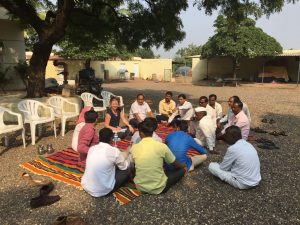
In order ensure that sustainable production is possible for all farms, no matter their size, Bonsucro has adapted the Production Standard for smallholders. As part of the development process, the new Standard was piloted with three Bonsucro members – TRR Group’s Saraburi mill in Thailand, CAEI’s Cristobal Colón mill in the Dominican Republic, and Baramati Agro’s mill in India.
Baramati Agro is a 30-year old agroprocessing company with two sugarcane mills in Maharashtra state, which are both working towards Bonsucro certification. Leading on the project is Nitin Kayande, who works with an agriculture team of 4 people, part a bigger sustainability team of 22 covering the mill and agriculture.
“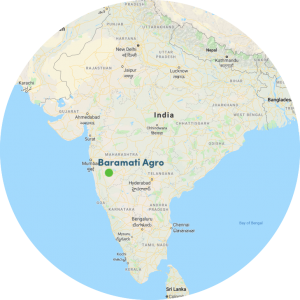 From a milling perspective, we are used to audits, mainly for social requirements, so Bonsucro implementation at the mill is not a big challenge. The main challenge for us is at the farm level. We first trained the agricultural team, and then prepared a survey covering all of the Standard’s principles, and collected data for 50 farmers, who were then classified in three groups in terms of their sustainability performance – ‘A’, ‘B’ and ‘C’, with ‘A’ being the most advanced. We then focused on bring the B and C groups up to the level of the ‘A’ group. Extension workers were given training on the Bonsucro principles. In total, we’re working with 332 farmers based within a 25-kilometre radius of the mill. As of now, all of these farmers have achieved ‘A’ group status.”
From a milling perspective, we are used to audits, mainly for social requirements, so Bonsucro implementation at the mill is not a big challenge. The main challenge for us is at the farm level. We first trained the agricultural team, and then prepared a survey covering all of the Standard’s principles, and collected data for 50 farmers, who were then classified in three groups in terms of their sustainability performance – ‘A’, ‘B’ and ‘C’, with ‘A’ being the most advanced. We then focused on bring the B and C groups up to the level of the ‘A’ group. Extension workers were given training on the Bonsucro principles. In total, we’re working with 332 farmers based within a 25-kilometre radius of the mill. As of now, all of these farmers have achieved ‘A’ group status.”
According to Nitin, the main challenge for the Baramati Agro team was the minimum wage, given that the payment terms were not calculated on an hourly basis, something they have been working on changing. They have also implemented environmental and health & safety plans on the farms, ensuring first aid kits, ambulances and primary health care centres are readily available. For Nitin, the new Production Standard for Smallholder Farmers has proved to be much more effective in engaging smallholders in sustainability improvement work: “The Farm Diary is a very useful tool, and we believe it, plus the Standard, will help farmers to increase their profits and in turn, their living standards’.
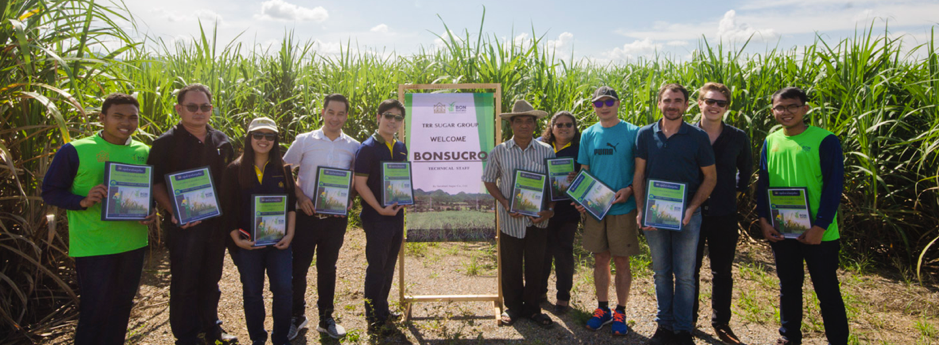
Over in Thailand, Thai Roong Ruang Group’s Saraburi mill, located north-east of Bangkok, has been working with a portion of its supplying farmers in order to achieve certification, and carried out a pilot in March 2018.
To begin with, they have been working with 30 farmers, with the usual farm size ranging between 15 and 20 hectares. Techanit  Onaree is leading the mill’s work with smallholders: “In total we’re working on Bonsucro implementation with farms totalling around 480 hectares, but we’re aiming at nearly tripling that amount next year”. For Techanit, the new Standard will be a big boost to their sustainability work: “It helps to make it clearer for smaller farmers as to what is required of them. Before it was harder to get the farmers to commit themselves to working on Bonsucro, but we’re seeing that change with the new Standard, which is much more aligned with the realities on the ground.”
Onaree is leading the mill’s work with smallholders: “In total we’re working on Bonsucro implementation with farms totalling around 480 hectares, but we’re aiming at nearly tripling that amount next year”. For Techanit, the new Standard will be a big boost to their sustainability work: “It helps to make it clearer for smaller farmers as to what is required of them. Before it was harder to get the farmers to commit themselves to working on Bonsucro, but we’re seeing that change with the new Standard, which is much more aligned with the realities on the ground.”
Techanit says that he believes that the new Standard will ensure that more farmers in Thailand can participate in Bonsucro. “Much of Thailand’s sugarcane farming is small-scale –they are a key part of the supply chain. So, for a sustainable industry, it is so important to engage smallholders in Bonsucro.”
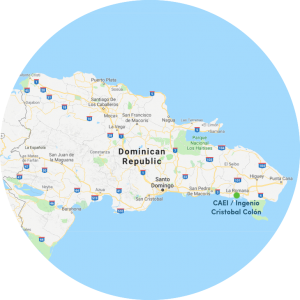
In the Dominican Republic, smallholder farms are not as widespread in the country as they are in India and Thailand. CAEI’s Cristobal Colón mill, which achieved Bonsucro certification in June 2016, also participated in a smallholder pilot. CAEI’s Victoria Canto explained that despite the fact that the mill is supplied by a minority of smallholders, the pilot was still useful: “It was of great interest to us to participate in the pilot of the Smallholder Standard, not only for the contribution we could make to the organisation, but also for our own benefit. The initiative has better prepared us to make changes and institute practices that will strengthen our supply chain, even if it only contributes to 8% of our sugar production.”
Want to know more?
– Download the Standard & Quick Guide
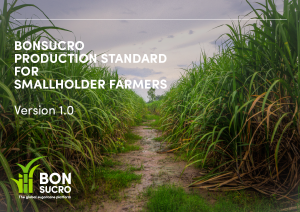 The Production Standard for Smallholder Farmers is available to download from the Bonsucro website:
The Production Standard for Smallholder Farmers is available to download from the Bonsucro website:
– Contact a Certification Body
If you’re interested in certifying using this Standard, get in touch with a Licensed CB to arrange a pre-audit or audit
– Join a Bonsucro Technical Week
The Bonsucro Production Standard for Smallholder Farmers + Calculator will be included in Bonsucro Technical Week training – see upcoming Technical Weeks
– Sign up to our webinar
![]()
- Join the webinar on Friday 15 June





